Market Share
Smart Home Projector Market Share Analysis
In today's digital world, businesses are increasingly utilizing mobile and wearable devices to incorporate Augmented Reality (AR) activities into their work environments. This approach aims to boost productivity and streamline work processes, leveraging the prevalence of smartphones, tablets, and other mobile devices. Augmented Reality has the potential to solve problems and enhance user experiences, particularly through commercial solutions that provide projector-based AR functionality in a mobile format.
Projection technologies are diverse, ranging from scanning systems that use mirrors to scan a laser beam for image formation to imaging systems that project images from a micro display onto a viewing surface. Manufacturers employ proprietary technology platforms with aggressive time-to-market forecasts. The innovative use of lasers allows for modification at significantly lower frequencies than scanning systems, resulting in substantial power savings. This technology keeps images in focus at all distances without requiring focus control, allowing projections onto curved or inclined surfaces without distortion.
The implementation of AR features in the smart home domain contributes to creating a more adaptable, reliable, and visually appealing living space. This leads to enhanced functionality, comfort, and energy efficiency across various aspects such as home appliances, comfort, environmental monitoring, security, energy usage, entertainment, lighting, and aesthetic enhancement.
Residents can customize their daily and weekly schedules, manage energy consumption based on seasonal and weather conditions, adjust home security settings, and benefit from expanded capabilities in entertainment, information, lighting, and aesthetics. Remote monitoring and control of household processes from any location globally are also significant advantages. Smart homes are particularly beneficial for the elderly and disabled, making daily tasks more manageable and providing nonintrusive monitoring and alerting.
It's worth noting that the factors driving the growth and popularity of smart home applications vary by region. In Europe, the emphasis is on energy efficiency and home comfort. North America prioritizes utility, comfort, and security. In Japan, smart home applications focus on improving safety and security for residents, especially discreet monitoring for the senior citizen population. Globally, smart home concepts play a crucial role in bridging the gap from underdeveloped or outdated infrastructure to future-ready homes.
The integration of projection devices into home monitoring products can revolutionize how these devices are utilized. An on-demand display-based human interface can significantly improve the usability and effectiveness of these technologies. The integration of projection technologies with mobile devices has been a driving force behind the market's growth, providing innovative solutions and expanding the potential applications of Augmented Reality in various domains.
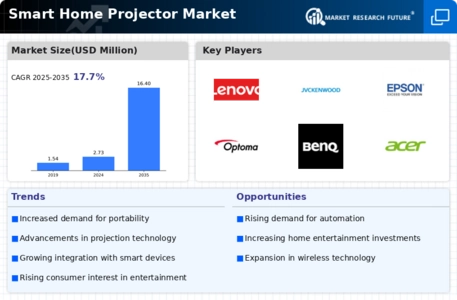

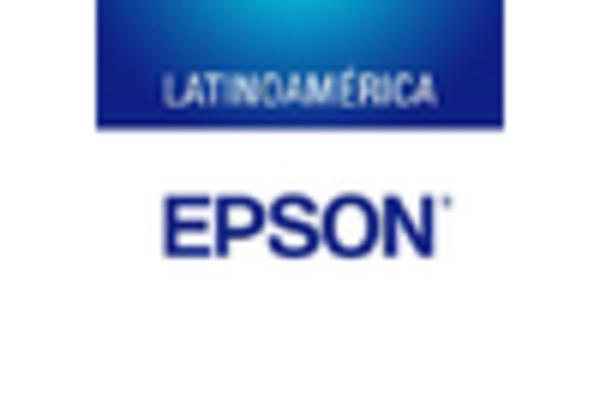
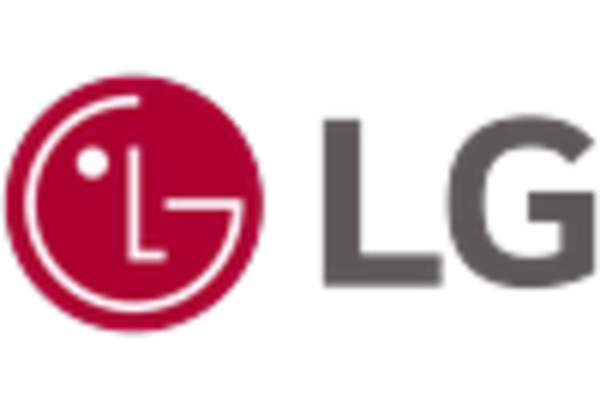
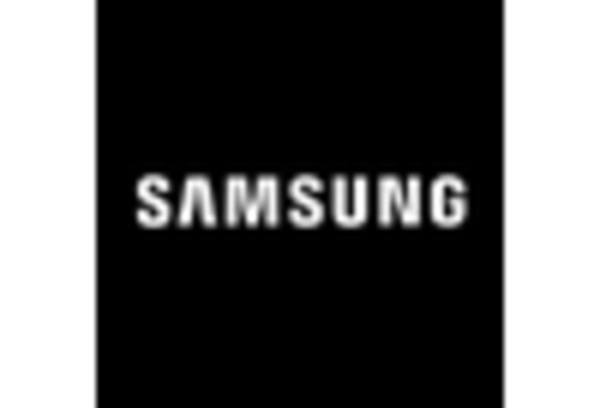
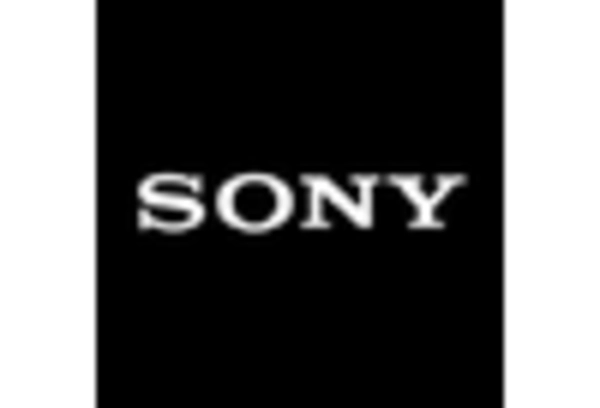










Leave a Comment